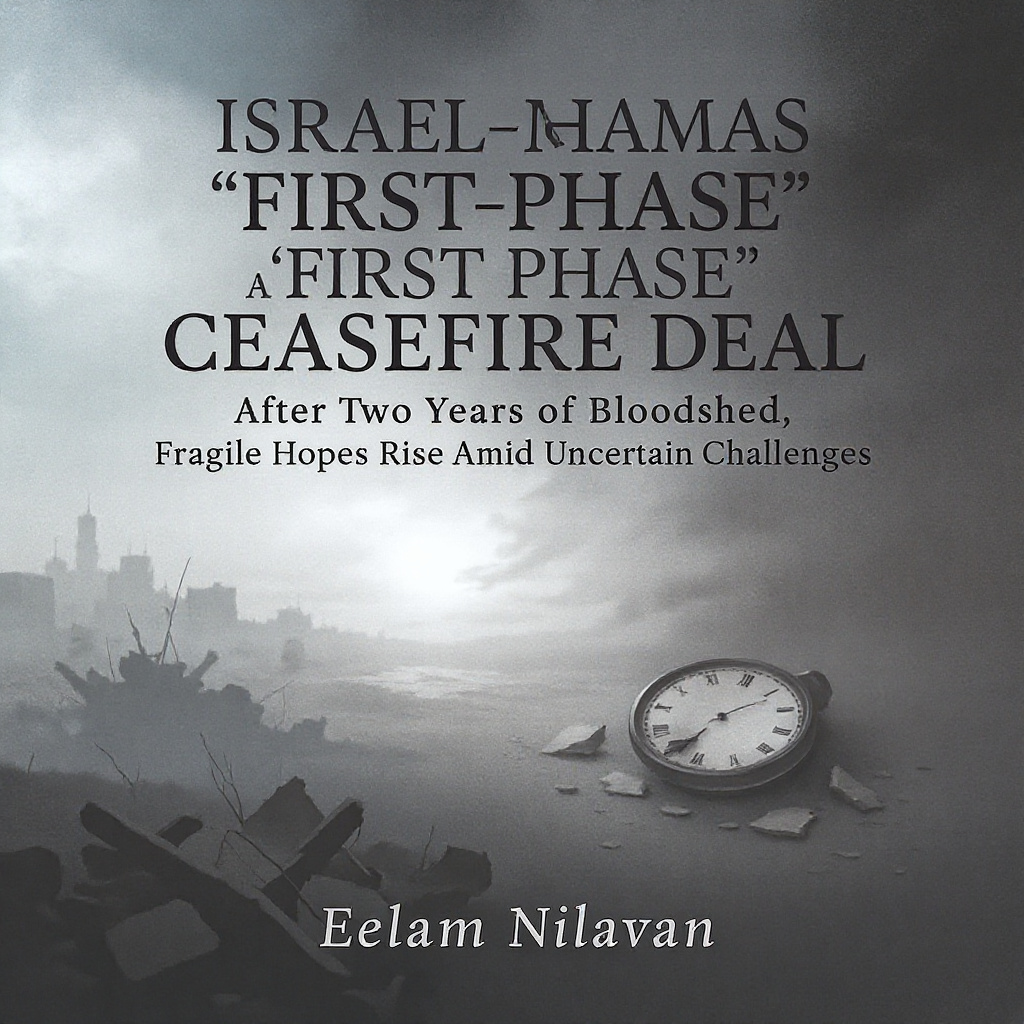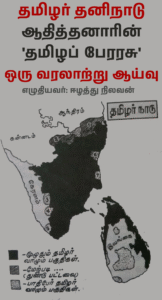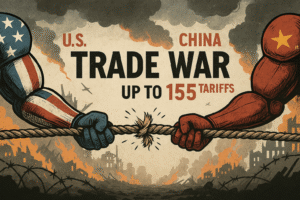❶. Background – Two Years of Conflict and the Human Cost

The Israel–Hamas conflict, reignited in October 2023, has dragged on for nearly two years, leaving deep scars across Gaza and southern Israel.
The war began when Hamas launched a surprise cross-border assault on October 7, 2023, killing hundreds of Israelis and taking several hostages into Gaza.
Israel responded with a massive military campaign involving aerial bombardments, artillery strikes, and a ground invasion of Gaza — actions that devastated the territory and triggered a humanitarian crisis of catastrophic proportions.
Key consequences of the war:
◉ Massive civilian casualties: Tens of thousands of Palestinians were killed, with thousands more injured or missing.
◉ Collapse of humanitarian systems: Hospitals like Nasser Hospital in Khan Younis were crippled by fuel shortages, supply blockades, and destroyed infrastructure.
◉ Internal disarray in Gaza: Multiple armed factions emerged amid Hamas’ waning control, leading to sporadic internal clashes.
◉ Failed ceasefire attempts: Previous truce initiatives collapsed repeatedly due to lack of trust, poor verification, and continued attacks by both sides.
Now, after two years of intense warfare, U.S. President Donald Trump has announced what he called the “first phase” of a historic peace plan — a ceasefire arrangement between Israel and Hamas, with assistance from mediating nations including Qatar, Egypt, and Turkey.
“This means that ALL of the Hostages will be released very soon, and Israel will withdraw their Troops to an agreed-upon line as the first steps toward a Strong, Durable, and Everlasting Peace,” Trump wrote on Truth Social.
“All Parties will be treated fairly. Blessed are the peacemakers.”
❷. The “First Phase” Agreement – Key Clauses and Current Developments
2.1 Main Provisions Announced
◉ Hostage and Prisoner Release: Hamas has agreed to release 20 Israeli hostages as part of the initial exchange, while Israel will free a limited number of Palestinian prisoners held in its jails.
◉ Partial Israeli Withdrawal: Israeli troops will reportedly pull back to a defined buffer line inside Gaza to allow humanitarian access and relief operations.
◉ Humanitarian Corridors: The plan includes the opening of aid corridors under international supervision to deliver food, medicine, and fuel.
◉ Formal Signing Ceremony: A signing event is expected in Sharm el-Sheikh, Egypt, involving mediators and representatives from both parties.
Implementation Timeline: Sources indicate that troop repositioning could begin within 24 hours, with hostage releases expected to start by Saturday.
2.2 Political and Military Reactions
◉ Israeli Cabinet Review: Prime Minister Benjamin Netanyahu has presented the deal to the Israeli Security Council for ratification.
◉ Public Reaction in Gaza: Crowds gathered outside Nasser Hospital in Khan Younis, waving flags and chanting as news of the truce spread. One Palestinian described the moment as “historic after years of fire and rubble.”
◉ Ongoing Airstrikes: Despite the ceasefire announcement, reports of limited Israeli strikes in northern Gaza continued, underscoring the fragile nature of the truce.
◉ Security Advisories: The Israeli military has warned displaced residents not to return yet to northern Gaza, labeling it “a still-active combat zone.”
◉ Fragmented Authority: Gaza’s internal landscape remains unstable, with emerging factions and militias competing for influence in areas vacated by Hamas.
❸. Civilian Emotions – Between Hope and Skepticism
3.1 In Gaza
For many in Gaza, the ceasefire represents a moment of emotional release.
Families who survived bombings, starvation, and displacement are cautiously celebrating.
“For the first time in years, people are smiling,” said a resident of Khan Younis. “But we have seen too many false dawns.”
While there’s relief, there’s also deep distrust — past ceasefires collapsed within days due to violations, and many Gazans fear this one could meet the same fate.
3.2 In Israel
Families of Israeli hostages gathered in Tel Aviv’s “Hostages Square,” holding photos of their loved ones.
“Thank you to the people of Israel, to the soldiers, thank you to President Trump,” said Einav Zangauker, the mother of hostage Matan Zangauker.
Yet, divisions remain. Some Israeli factions accuse the government of “appeasement,” while others call this the only viable path toward de-escalation.
❹. Obstacles and Strategic Challenges Ahead
4.1 Implementation and Verification
◉ Name Lists and Confirmation: Both sides must verify lists of detainees and hostages under international supervision.
◉ Neutral Oversight: Organizations like the ICRC and UN are expected to monitor every phase — from troop withdrawal to humanitarian corridor security.
◉ Ambiguities in the Next Steps: Questions remain about what the “second phase” entails — whether it involves Hamas’ disarmament, Gaza’s reconstruction governance, or international monitoring.
◉ Ceasefire Violations: Local skirmishes, mistrust, or rogue militant actions could easily unravel progress.
4.2 Political and Regional Complexity
◉ Israeli Domestic Divisions: Netanyahu’s fragile coalition faces internal opposition from far-right ministers who reject negotiations with Hamas.
◉ Hamas Internal Pressure: Some Hamas hardliners oppose the deal, calling it a “trap” that weakens their resistance credentials.
◉ Mediator Nations’ Influence: Egypt, Qatar, and Turkey will have to balance delicate political ties while ensuring compliance.
◉ Reconstruction and Security Guarantees: Rebuilding Gaza requires billions in aid, guaranteed safe zones, and long-term supervision — elements not yet fully defined.
❺. Strategic Recommendations for a Durable Peace
➀ Transparent Verification: All hostages and prisoners should be officially registered, with cross-verification by the ICRC.
➁ Permanent Monitoring Mechanism: Create a joint supervisory body of the UN, Egypt, and Qatar to oversee every phase of the ceasefire.
③ Protection of Medical and Aid Facilities: Key hospitals like Nasser Hospital must be marked as “no-strike zones” with satellite-monitored access routes.
④ Legal Accountability: Any violations of the ceasefire — by either side — must trigger immediate international review and sanction mechanisms.
⑤ Contingency Framework: Establish backup plans in case the ceasefire collapses, ensuring humanitarian corridors remain functional.
⑥ Public Communication: Regular briefings to the public can reduce misinformation and strengthen civic trust.
⑦ Reconstruction Blueprint: Develop a post-war roadmap for Gaza’s recovery, infrastructure rebuilding, and governance reform under neutral oversight.
❻. Analysis – Triumph of Diplomacy or Temporary Pause?
This “first phase” agreement marks a historic diplomatic milestone — perhaps Donald Trump’s most significant foreign policy achievement to date.
However, history warns of fragile peace in the region. Every previous truce since 2007 eventually broke down due to mistrust, retaliation, and political exploitation.
The difference this time lies in enforcement and verification.
If the current plan is carried out transparently, it could open the path for a “second phase” — addressing Gaza’s governance, reconstruction, and long-term demilitarization.
For now, millions of Israelis and Palestinians are holding their breath, hoping that this fragile truce will hold — and that the sound of applause in Khan Younis will not once again be drowned out by the roar of warplanes.
𖣔. Conclusion:
The Israel–Hamas “First Phase” ceasefire is a moment of cautious hope in a region fatigued by endless cycles of destruction.
Peace will not come through signatures alone — it will depend on consistent verification, mutual restraint, and international accountability.
Whether this agreement becomes a foundation for peace or just another pause before the storm will be decided not by politicians, but by the will of the people — and their ability to sustain peace through vigilance and trust.

Written by: Eelaththu Nilavan
Human Rights, Military, Intelligence, and Geopolitical Analyst
Date: October 9, 2025



